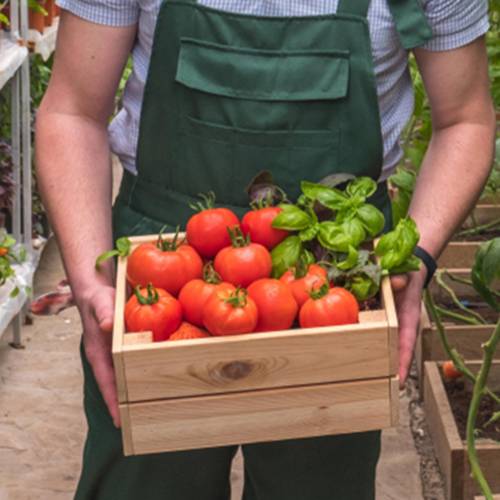- 150m Southwards, West DingWei Road, Nanlou Village, Changan Town, GaoCheng Area, Shijiazhuang, HeBei, China
- monica@foundryasia.com
Sep . 02, 2024 09:37 Back to list
best restoring cast iron dutch oven
Best Restoring Method for Cast Iron Dutch Oven
Cast iron Dutch ovens are renowned for their durability and excellent heat retention, making them a beloved kitchen staple. However, with time and use, they can lose their luster and seasoning, leading to rust and a less effective cooking surface. Restoring your cast iron Dutch oven can bring it back to life, ensuring it serves you well for many more years of delicious meals.
Step 1 Assessment of Condition
Before diving into the restoration process, assess the condition of your Dutch oven. If it has rust or flaking, it will require an intensive restoration. However, if it’s merely dirty or has lost its seasoning, the approach will be different. A well-assessed plan is the key to successful restoration.
Step 2 Cleaning
For heavily rusted or neglected Dutch ovens, start with a thorough cleaning. Use steel wool or a heavy-duty scrubber to remove rust and old seasoning. This may take some elbow grease, but it is essential for the initial restoration. You can also soak it in a vinegar-water mixture (equal parts) to help loosen rust. After scrubbing, rinse it well with water to remove any residues.
If your Dutch oven is simply dirty, a mild soap and warm water should suffice
. Contrary to old myths, using soap on cast iron isn’t a death sentence, especially if you are planning to reseason it afterward.Step 3 Drying
best restoring cast iron dutch oven

Once clean, dry your Dutch oven thoroughly to prevent any future rust from forming. You can place it on low heat on the stove or in the oven for a few minutes to ensure all moisture is evaporated.
Step 4 Seasoning
Now it's time to reseason your Dutch oven. Start by applying a thin layer of vegetable oil or flaxseed oil inside and out. Make sure to cover every surface, including the lid. Flip the oven upside down in your oven and place a baking sheet underneath to catch any drips. Set the oven to 450°F (232°C) and bake for about one hour. Allow it to cool inside the oven to create a strong seasoning layer.
Step 5 Maintenance
To keep your Dutch oven in pristine condition, avoid using harsh detergents and steel wool for cleaning. Instead, opt for a gentle scrub with warm water and a brush or soft sponge. After cleaning, dry the pot immediately and apply a light coat of oil to maintain the seasoning.
Conclusion
Restoring a cast iron Dutch oven is a rewarding task that revitalizes an essential kitchen tool. By following these steps, you not only prolong the life of your cookware but also enhance your culinary experiences. With proper care, your restored Dutch oven will become a cherished companion in your kitchen, ready to create unforgettable meals for years to come.
-
Best Cast Iron Frying Pan for Induction Cooktop – Durable & Non-Stick Skillet Supplier
NewsJul.08,2025
-
Best Cast Iron Skillet Quality High Performance Cookware for Grill, Pizza, & Stir-Fry
NewsJul.08,2025
-
Premium Cast Iron Pan Set – Durable, Nonstick & Versatile Cookware for All Kitchens
NewsJul.08,2025
-
Blue Cast Iron Dutch Oven – Premium Enamel Cookware for Kitchen & Baking
NewsJul.07,2025
-
Best Enamel Dutch Oven for Bread - White Enamel Cast Iron Dutch Oven Service & Pricelist
NewsJul.07,2025
-
3.5 Qt Enameled Cast Iron Dutch Oven – Durable, Versatile & Stylish Cookware for Every Kitchen
NewsJul.07,2025